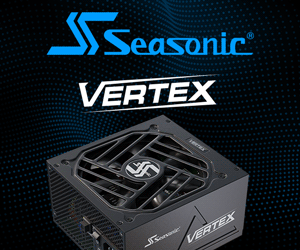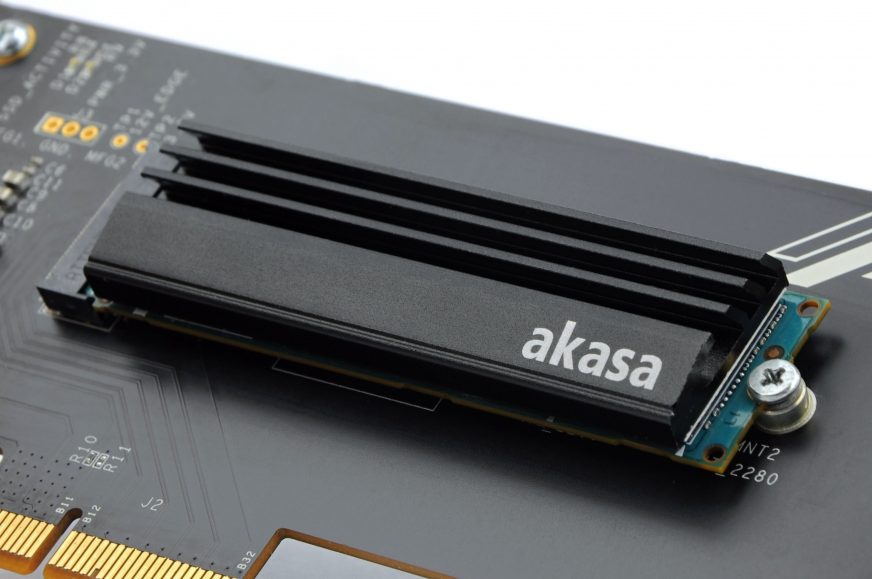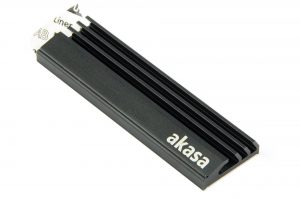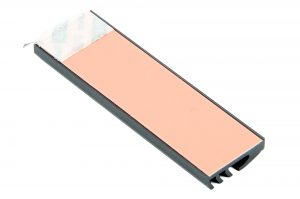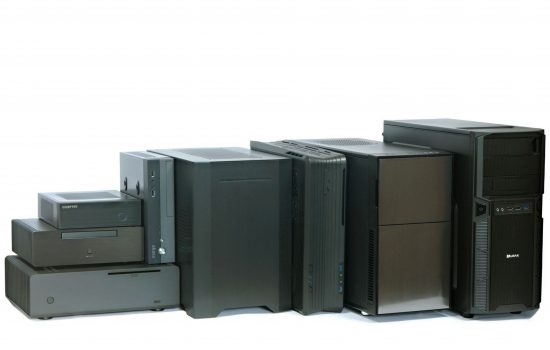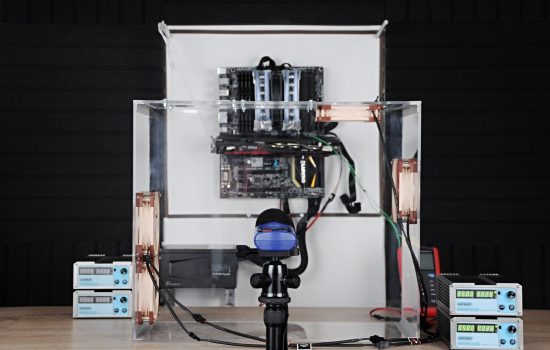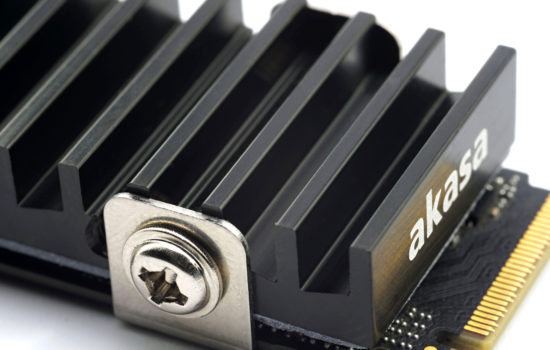Details
Simple and optimally milled aluminum plate, sounds like a good basis for some SSD heatsink with the potential to achieve high efficiency at low cost. Fast, easy installation and great compatibility with graphics cards is also quite important, plus the look is not bad. Akasa probably wanted to create an ideal compromise of all the key elements. This could easily became a bestseller because the price is just 4 euros.
Details
The contact area of the heatsink is 71 x 21.5 mm and the height is 6 mm, which is 1 mm more than the excellent EKWB EK-M2. Akasa has less ribs, but they are thicker. There’s no backplate included.
The installation system is the simplest possible, it uses a self-adhesive thermalpad. Its thickness is only 0.3 mm, which may or may not cause problems with SSDs with different controller and memory height. The controller of the tested OCZ RD400 is 0.2mm smaller, but it doesn’t cause any trouble. If you use just enough pressure (during the installantion) on the spot with the gap, the PCB will adapt.
In the photo, you can see that although the memory chips are higher, the thermalpad touches the entire surface of the controller. The only place uncovered was the casing of the buffer LPDDR3 (notice the light near the connector). However, it doesn‘t heat that much and there’s no real need to cool it unless you use a drive with a very powerful controller.
SSDs with Akasa heatsink may collide with graphics cards in some cases, but only in very rare situations. For example, when the M.2 connector is too far from the motherboard and the graphics card has a wide cooler. Before you buy, we recommend to make sure that measures in your rig are OK. There are, of course, options to install your SSD above or away from the graphics card (like with Crosshair VI Hero), but the most desirable conditions for your drive would be just under the graphics card fans, assuming they turn at least a little. In passive mode, it would make things worse.
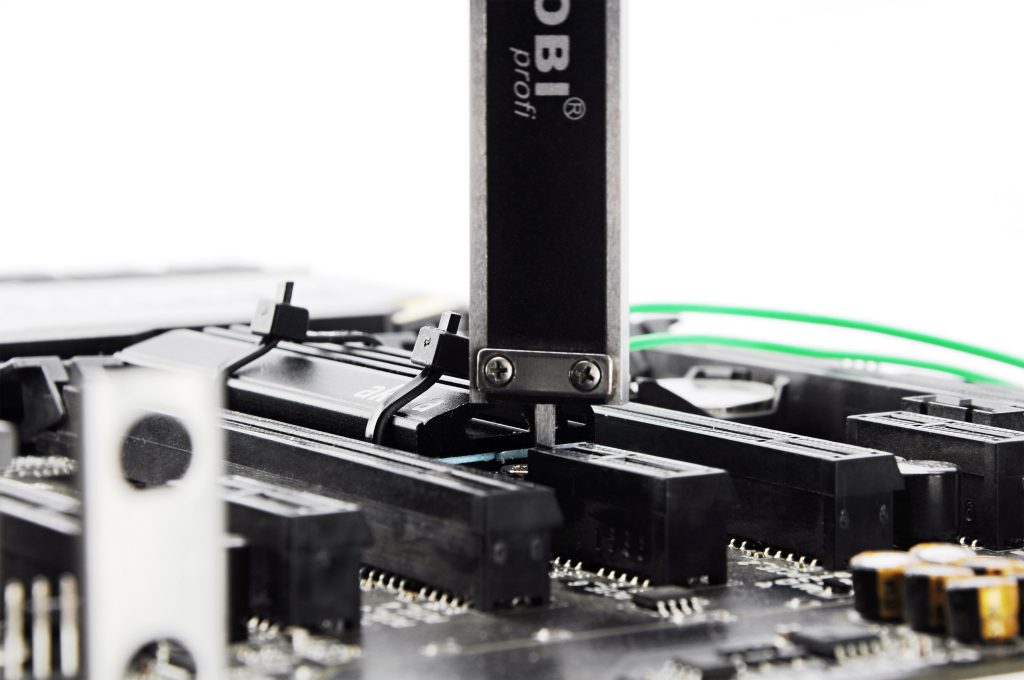
- Contents
- Details
- Test procedures
- Results: cooling of the controller and memory
- Heatsink temperatures
- Conclusion




